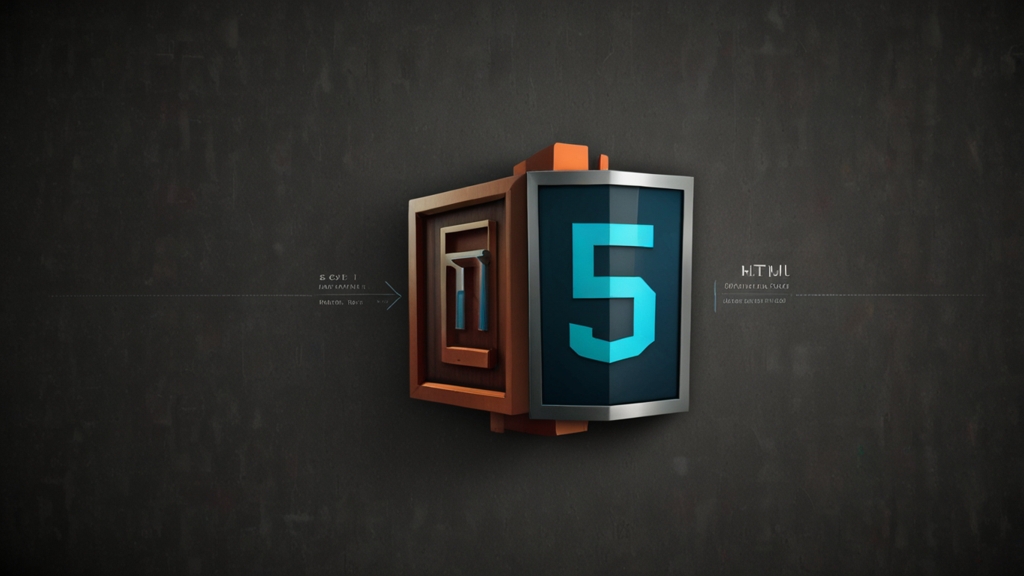The Dark Side of Calculus: Why It's Not As Scary As You Think
Calculus often looms large in the minds of students, as if it were some kind of mathematical boogeyman hiding under the bed of their academic journey. The subject is frequently labeled as difficult, abstract, and intimidating, causing anxiety and apprehension even before the first lesson begins. However, is this fear justified? Is calculus truly the monstrous subject it is made out to be? Let's delve into the "dark side" of calculus and uncover why it’s not as scary as you think.
The Initial Fear
Most students' fear of calculus stems from its perception as a significant leap from previous mathematics courses. The symbols, notations, and concepts can certainly seem daunting initially. The introduction of limits, derivatives, and integrals often feels like learning a new language entirely, one filled with cryptic symbols and unfamiliar rules.
"Calculus is perceived as a quantum leap because it introduces entirely new ways of thinking about curves, motion, and change rather than simply manipulating numerical values." – Professor Jane Doe, Mathematics Department
This quote highlights the root of students' fear: calculus doesn't just extend arithmetic or algebra; it requires a conceptual shift. However, once you understand the core ideas, calculus becomes much more approachable.
The Conceptual Beauty
At its heart, calculus is about understanding change. Derivatives measure how things change, and integrals sum up quantities across space and time. These concepts have powerful, real-world applications, from engineering and physics to economics and biology.
Consider how often we encounter change in our daily lives: car speed (which is a derivative), or the total distance traveled over time (an integral). When broken down, the intimidating symbols and dense formulas represent these intuitive, relatable ideas.
"The essence of calculus is remarkably intuitive. Once you grasp that a derivative represents a rate of change, and that an integral sums things up, you start seeing these principles everywhere – from everyday phenomena to the fundamental laws of the universe." – Dr. John Smith, Applied Mathematics
Understanding these fundamental principles makes the subject less about rote memorization and more about grasping ideas that are fundamentally simple yet extensively applicable.
The Power of Visual Learning and Technology
Modern tools and technologies provide unprecedented ways to visualize and interact with calculus concepts. Graphing calculators, computer algebra systems, and apps like Desmos or WolframAlpha allow students to visualize functions, derivatives, and integrals. This visual approach can demystify many of the complexities traditionally associated with calculus.
Seeing how a curve changes shape as you manipulate its equation or how the area under a curve accumulates as you move along the x-axis makes abstract concepts tangible.
Practical Strategies for Success
Approaching calculus with a strategy can transform it from a source of fear to a rewarding challenge. Here are some practical tips:
- Start with the Basics: Ensure a strong foundation in pre-calculus subjects like algebra and trigonometry.
- Relate to Real-World Problems: Apply calculus concepts to real-world scenarios to better understand their practical utility and relevance.
- Use Multiple Resources: Leverage textbooks, online courses, tutoring centers, and study groups to gain a comprehensive understanding from various perspectives.
- Practice, Practice, Practice: Like learning a new language, practice is key. Regularly solving a variety of problems enhances familiarity and confidence.
Conclusion
Calculus does have its challenges, but labeling it as monstrously difficult instills unnecessary fear. The key to conquering calculus lies in understanding its core ideas, utilizing modern tools, and applying practical study strategies. With the right approach, the dark side of calculus is not as formidable as it might seem. Embrace the challenge, and you may find that what once seemed like an academic nightmare is actually an elegant and profoundly useful branch of mathematics.








